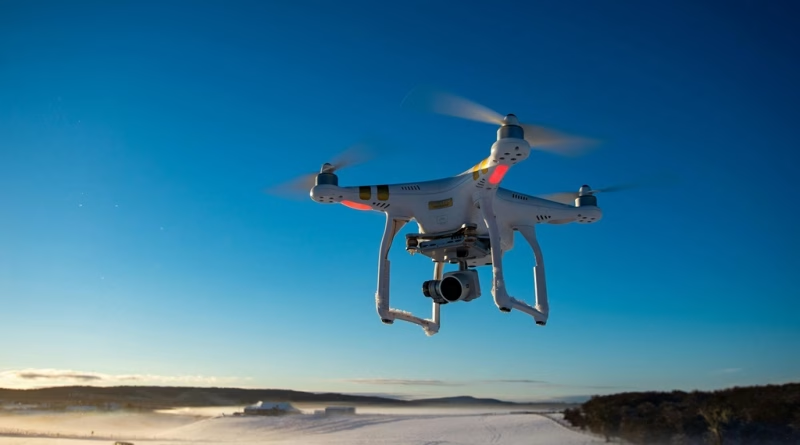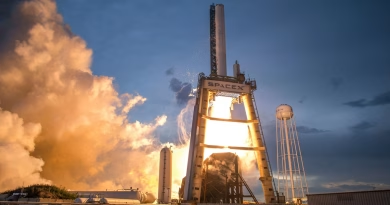How Scientists Are Using Drones to Study Wildlife
In the past, studying wildlife meant hiking for days, hiding in blinds, or tagging animals with invasive trackers. In 2025, researchers are doing something different—they’re launching drones.
Whether it’s flying above savannas, oceans, or dense forest canopies, drones have become essential tools in modern ecology. They gather data faster, safer, and with less disturbance to wildlife than traditional methods.
Here’s how scientists are using drones to get closer to nature—without actually getting close.
📡 1. Tracking Herd Movements Across Vast Terrain
In places like the Serengeti or Australia’s outback, drones are replacing helicopters for monitoring large mammals like elephants, wildebeest, and kangaroos.
- Equipped with thermal and infrared cameras, drones can track animals even in low light or dense brush.
- Researchers use AI-powered image recognition to estimate herd sizes and detect health patterns from a distance.
Benefit:
Less noise and stress for animals, plus reduced fuel costs and human risk.
🐧 2. Counting Penguins—and Nesting Seabirds
Manual bird counts are often slow and inaccurate. In Antarctica and remote islands, drones can fly pre-programmed routes to map entire colonies.
- High-resolution imagery allows scientists to count individual birds or nests using automated detection algorithms.
- Data from 2025 has helped track emperor penguin population shifts due to climate change.
Why it’s better:
More precise, faster, and doesn’t disrupt sensitive nesting behaviors.
🌊 3. Surveying Coral Reefs and Marine Life
Marine biologists now use waterproof drones or aerial drones with polarizing lenses to monitor shallow reef systems.
- Track bleaching events, fish populations, and marine traffic near protected zones.
- Some models can hover over the sea and measure water clarity and temperature with onboard sensors.
Recent Use:
In the Great Barrier Reef, drones are helping identify resilient coral patches for restoration projects.
🌲 4. Spotting Endangered Species in Remote Forests
Traditional camera traps can only capture what passes by. Drones can scan wide swaths of dense rainforest, spotting elusive species like:
- Jaguars
- Orangutans
- Sloths
By using thermal imaging, researchers detect heat signatures and behavior without intruding into fragile ecosystems.
💡 5. Monitoring Habitat Destruction and Poaching
Beyond animals, drones help scientists document deforestation, illegal logging, and even poaching activity.
- Conservation groups use drones for real-time surveillance in high-risk areas.
- Combined with satellite data and AI, they flag habitat loss with unprecedented speed.
Notable Effort:
In 2025, rangers in Southeast Asia have used drone fleets to cut illegal deforestation response time by over 60%.
🛠️ What Makes Modern Drones So Effective?
- Lightweight, long-range batteries (some solar-assisted)
- Quiet rotors to reduce animal stress
- Machine learning to identify species in footage
- Swarm capability for large-area coordination
- Real-time data uplinks for faster decision-making
⚖️ Ethical Considerations
While drones offer non-invasive monitoring, scientists must still be careful:
- Flight altitude must avoid disturbing nesting birds or sensitive species
- Frequency limits reduce stress in monitored areas
- Community consent is required in regions with indigenous land
Responsible drone science in 2025 is built on tech + trust.
🧭 Final Thought: Conservation from the Sky
Drones are transforming wildlife science into a quiet, airborne revolution. With each flight, we gather clearer pictures of a planet in flux—where species are moving, struggling, or surviving.
And the best part? This tech doesn’t disrupt what it observes. It simply watches, listens, and helps scientists protect what’s left—before it’s lost.




